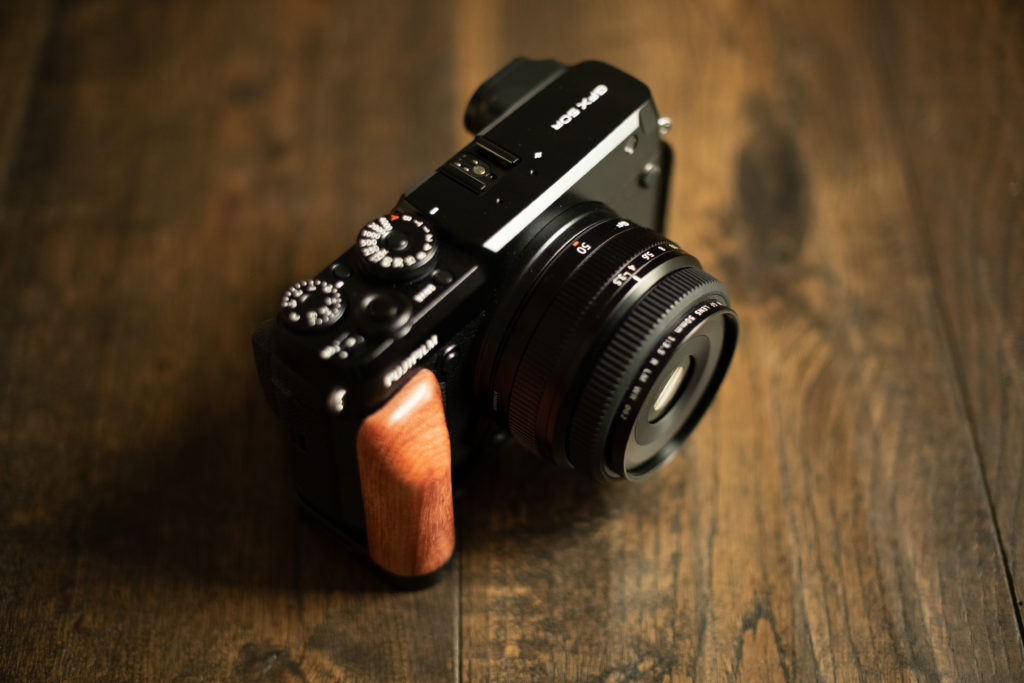Fujifilm GFX 50R + 50mm f/3.5
I had a moment of madness at some point last year. Disappointed with the infrequent times I took my GFX 50s with me to shoot and feeling like it was a purchase I shouldn’t have made, I decided to sell it.
The times when I did use my GFX 50s were attached to a Cambo Actus view camera accessory for shooting architecture, cityscapes and occasional landscapes. But most of my shooting last year was opportunistic or when travelling and the GFX 50s, with all its bulk, rarely accompanied me.
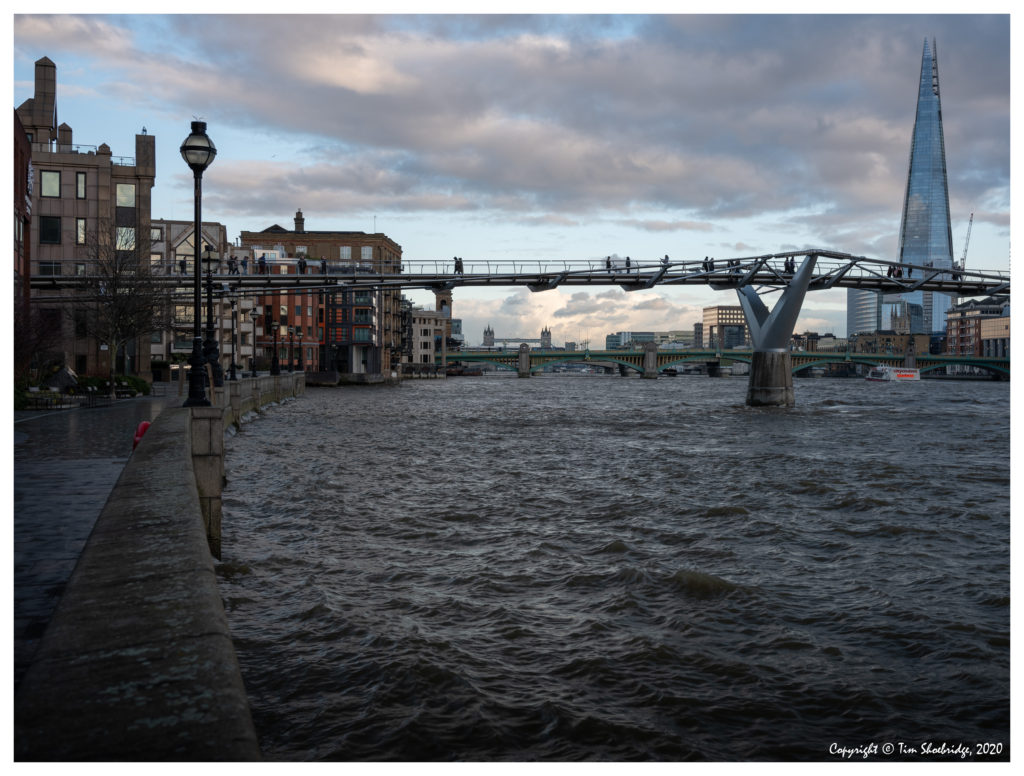
So the realisation I had made a mistake in selling it came recently when it was time to do some architecture work. I went back to my previous method of shooting which is to use the Cambo Actus with my trusty Phase One P45+ digital back. Good grief! What a painful experience it was now that I had come accustomed to using a mirrorless digital camera!
Admittedly, the Phase One P45+ is very old technology now, the tiny LCD screen on the back is a joke, the need to wake up the back before shooting is a joke, the lack of an electronic shutter is, by today’s standards, a joke. But to find a decent LCD screen with decent 1:1 zoom-in live view and an electronic shutter in a digital back requires selling both kidneys, your car and putting your kids up for adoption. For me, it’s just not going to happen and the Fujifilm range of GFX cameras are proof of why Phase One need to reconsider their strategy.
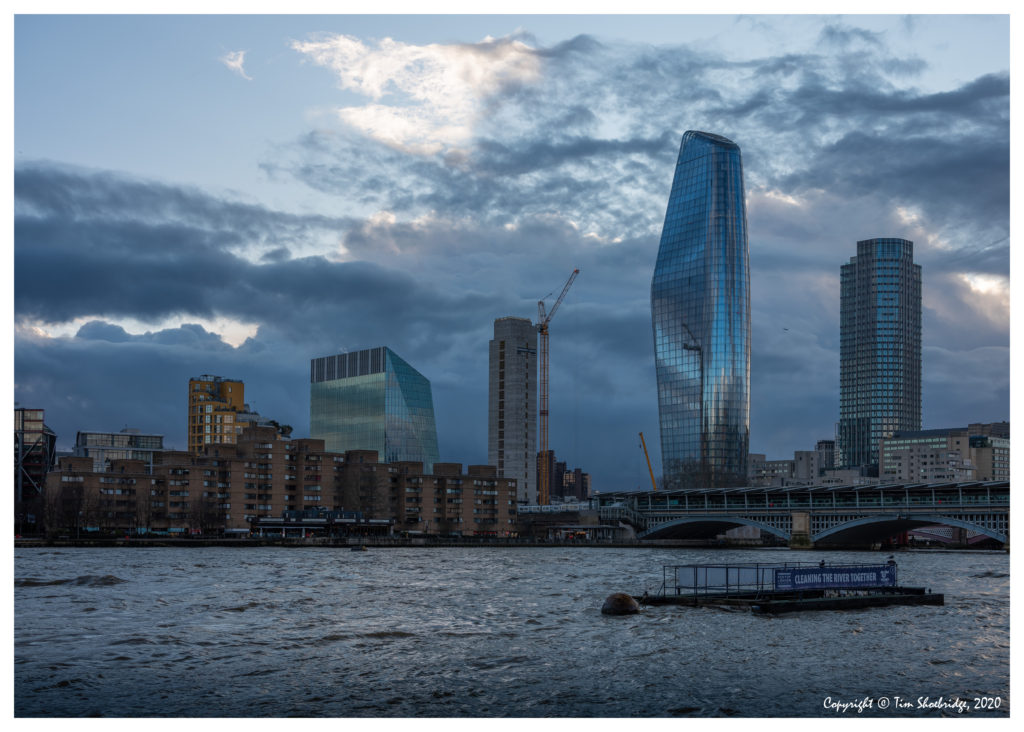
But enough of Phase One. My experience using the P45+ with a Rodenstock large format digital lens on my Actus, squinting at the reversed and inverted image on the ground glass under a dark cloth and then peering at it through a loupe, desperately trying not to disturb the setup when switching from ground glass to digital back adapter, remembering to plug in the wake up cable, cock the lens, close the shutter, set the aperture….. these are all things that simply go away when you replace the digital back with a mirrorless camera like the Fuji GFX 50s.
So I decided at that point that I had been a little hasty to sell the Fuji and went about looking to replace it. Prices have come down since I sold mine and I could pick up a used bargain for just £2,500. But then my eye caught a listing of a GFX 50r, new open box, for just a small amount more, and I jumped at it.
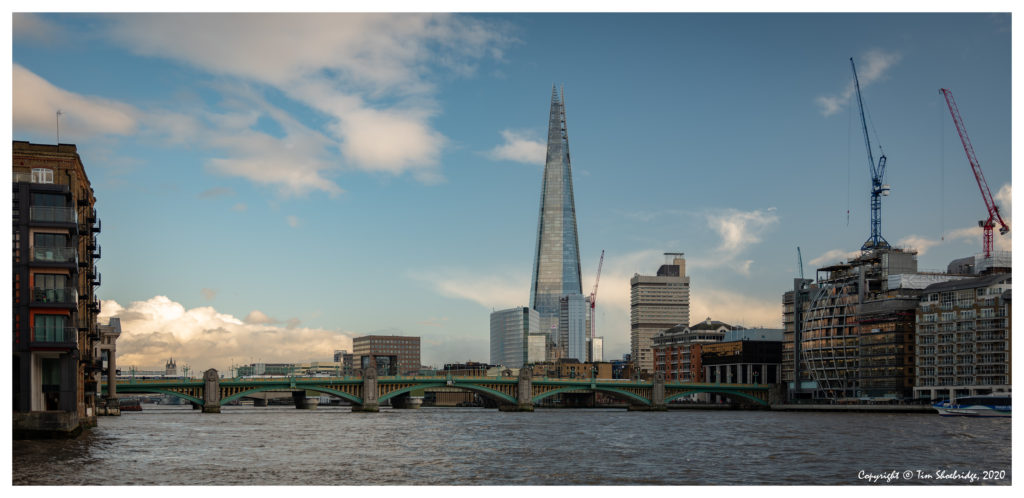
What a breath of fresh air the 50r is! Seemingly much lighter and more compact than the 50s. Such a joy to take with you, to hold in your hands and shoot with. In terms of size and form factor it reminds me of a Fujifilm GW690, but that old film camera weighs an awful lot more than the 50r. Compared to the 50s, the EVF resolution in the 50r is just the same, only drawbacks are the EVF is not removable and there are less movements to the LCD screen. I don’t miss either of those 50s features.
So I coupled the 50r with Fuji’s “pancake” 50mm f/3.5 lens and it is a match made in heaven. Such a seriously good walk-about camera. And how sharp this lens is! The results are beautifully sharp edge to edge, even wide open.
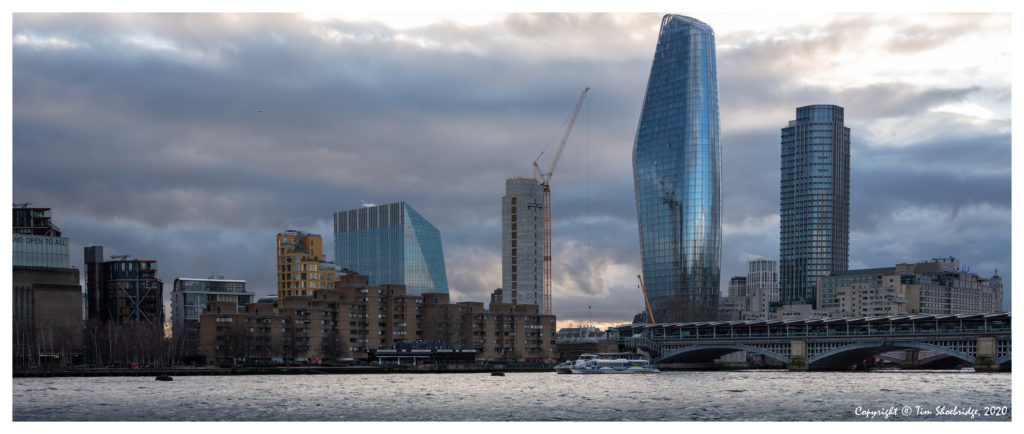
I do not plan to buy any more Fuji lenses for the 50r. Fuji are deliberately discounting the price of their GFX camera bodies to get you locked into their system so they can make money out of the lenses you will then buy. I personally think their lenses are over-priced. I’m not going down that road. My main use of the 50r will be attached to my Actus and otherwise I will use the 50mm f/3.5 for walk-about street shooting. Well, that’s the plan anyway.
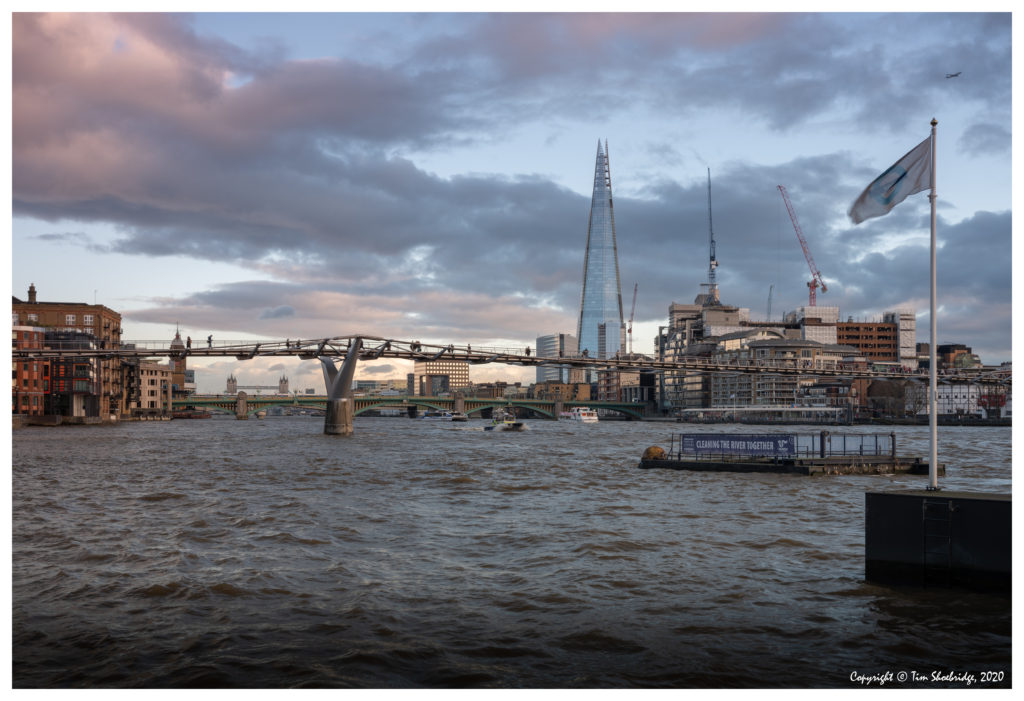
I am in the process of recording a video on the Cambo Actus and it will feature the 50r too. There are considerations like lens choice that are not obvious until you start using the Actus. There’s a lot to include in that video, so it might end up being a mini series instead. So if that might be of interest then watch out for a future post.
